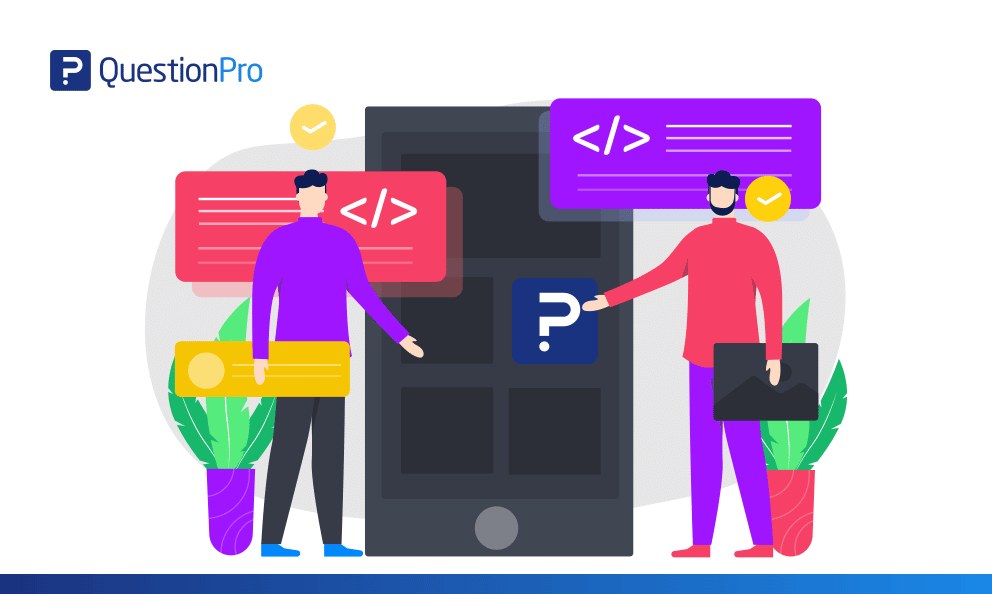 Reading Time: 2 minutes read
Reading Time: 2 minutes readQuestionPro API helps you make different types of calls to let different applications interact with each other. For many of our users, the primary interaction with the API is through an API access key. It allows other apps to access your account without your password.
What’s new?
We have enhanced our API to follow REST architecture which is followed by most of the SaaS platforms and is currently the best industry standard for APIs.
We use built-in HTTP features like HTTP authentication and HTTP verbs, to allow you to interact securely with our API from a client-side web application. All the responses returned will be JSON objects including errors. API V2 is also highly intuitive and secure.
As seen below, for accessing our email list in API V1, the endpoints had a different structure and all of them followed a single HTTP protocol – POST method. API V2 uses a single resource which leaves no room for confusion.
Important dates to remember :
- Migration starting: January 15th
- Blackout testing: May 15th – June 15th
- Depreciation: July 15th
We will add a sunset header – a response header in API V1 as an informative message which will notify the date of deprecation, July 15th, 2021. It will not affect your data collection.
How does it benefit our users?
API V2 comes with better access management. The sub-accounts can easily work on fetching or creating surveys in the shared folders. It will be completely based on the permissions even on the web interface.
Based on our penetration testing performed at regular levels, we have found no vulnerabilities including buffer overflow. We also get these checks performed regularly by third parties. This makes our API V2 robust to work with.
With an intuitive URL pattern, it is easier for our users to make calls and use QuestionPro features than before.
You can also run code in Postman – a simple and easy-to-use API executor to test out the API calls.
How to access QuestionPro API documentation?
Find the updated documentation of API V2 for all our products here. To understand how V1 endpoints map to V2, refer API V1 to V2 migration guide.























